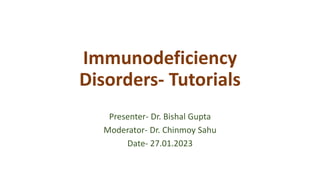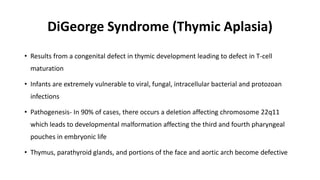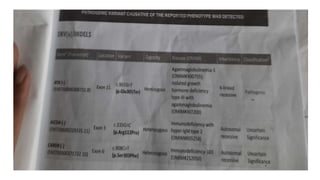This case report describes a 42-year-old male farmer from Uttar Pradesh, India who presented with a 6-month history of cough and breathlessness. CT scans showed a mass lesion in his right upper, middle, and lower lobes. A biopsy was suggestive of fungal granuloma. The patient was treated with fluconazole for 4 months without improvement. Further workup including KOH preparation and Gram stain of a repeat biopsy showed features suggestive of Cryptococcus species, though cultures were negative. This case suggests a possible fungal infection such as cryptococcosis as the underlying etiology.




















































